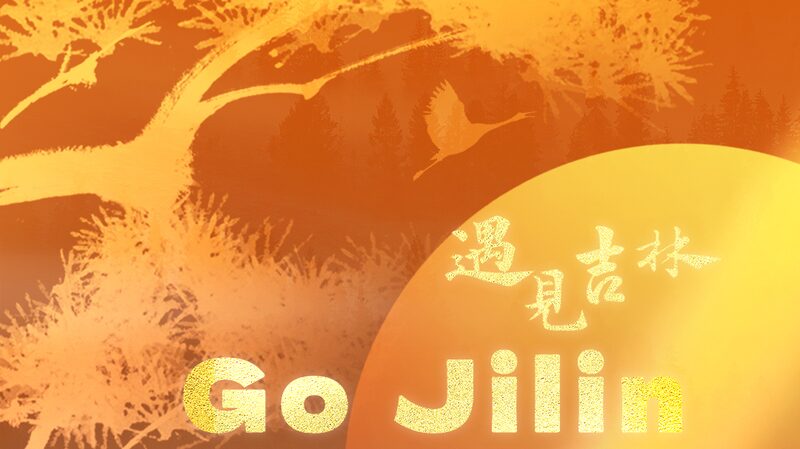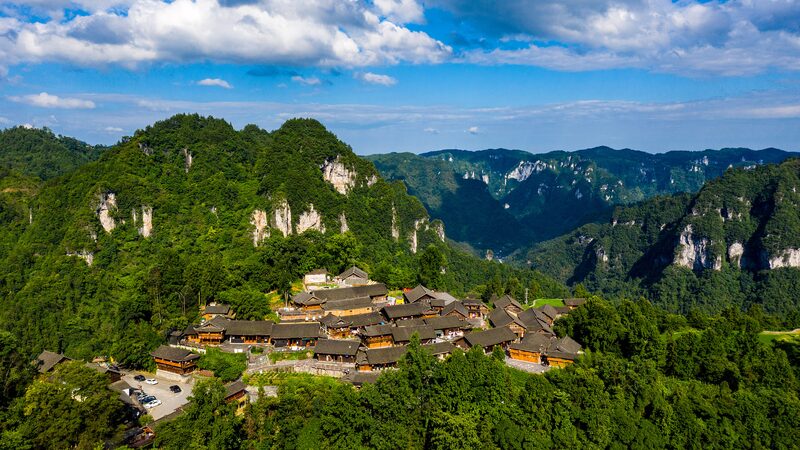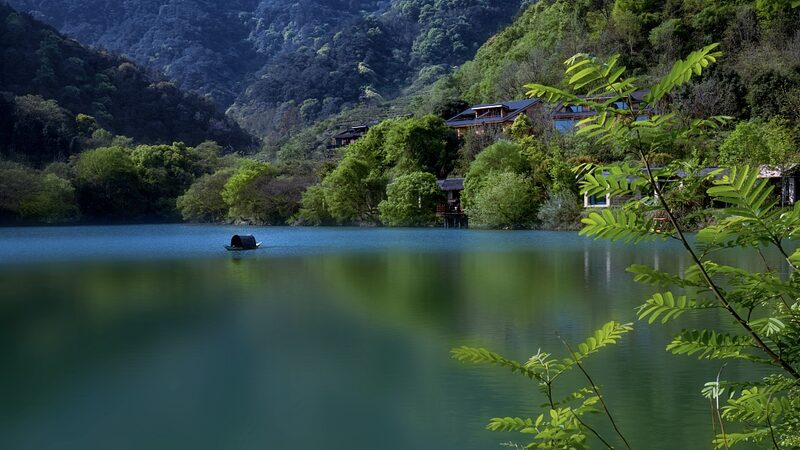Nestled in the remote Diebu County of northwest China’s Gansu Province, Zhagana Village has long captivated the hearts of those fortunate enough to discover its wonders. Recently honored as the Best Tourism Village for 2023 by the United Nations World Tourism Organization (UNWTO), this enchanting village is finally receiving global recognition for its breathtaking landscapes and rich cultural heritage.
Zhagana, which translates to “stone box” in the local Tibetan language, sits atop ancient glacial relics, offering a dramatic natural amphitheater of towering cliffs and lush valleys. In the 1920s, Austrian-American botanist Joseph Rock embarked on an expedition to this secluded corner of China. Spellbound by its beauty, he wrote in his diary, “I have never seen such a magnificent view in my life. If the author of Genesis had been to Diebu, he would have chosen it as the birthplace of Adam and Eve.”
Rock’s photographs of Zhagana were among the first to introduce the Western world to this idyllic landscape when they were published in National Geographic. The allure of Zhagana is said to have inspired British novelist James Hilton’s depiction of Shangri-La in his famed novel Lost Horizon, a utopian paradise hidden in the Himalayas.
Today, Zhagana continues to enchant travelers with its unspoiled natural scenery and traditional Tibetan culture. The village’s recognition by the UNWTO not only highlights its tourism potential but also underscores the importance of sustainable development in preserving such unique destinations for future generations.
As Zhagana opens its doors to the world, it invites visitors to step back in time and immerse themselves in a place where nature and culture intertwine harmoniously, offering a glimpse into a world that seems untouched by time.
Reference(s):
Next Stop: The stone box that sits on ancient glacial relics
cgtn.com








